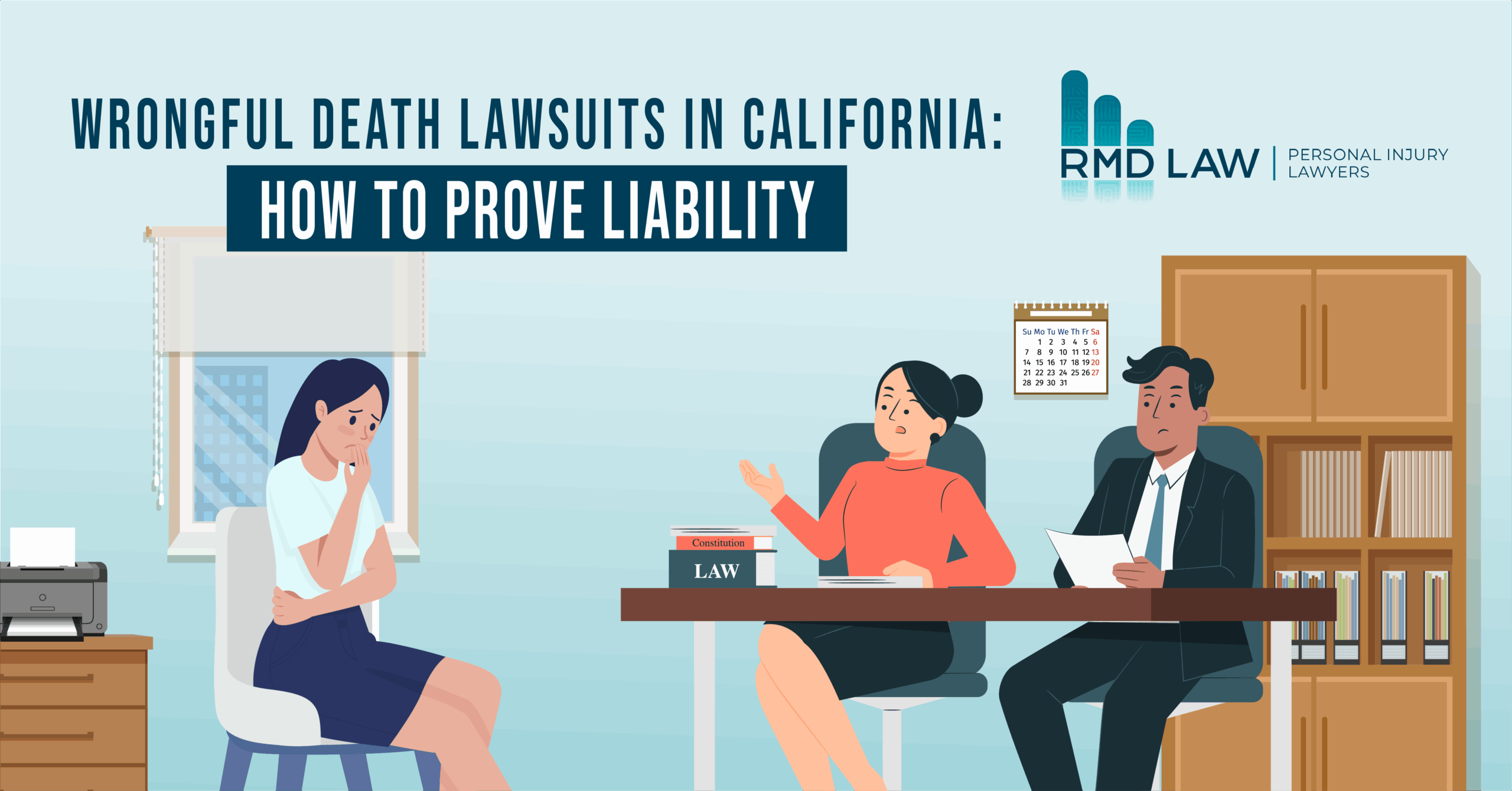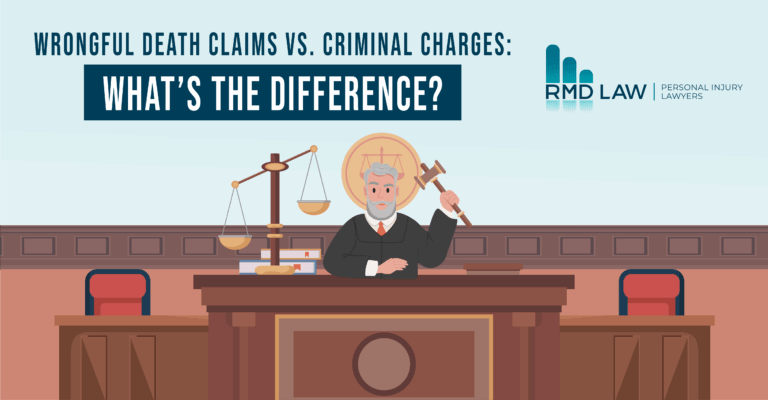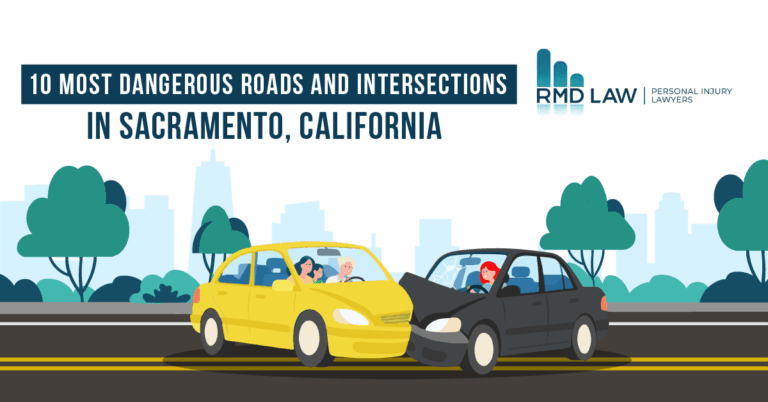Key Takeaways:
A Wrongful Death Lawsuit in California Requires Proving Negligence
-
To succeed in a wrongful death lawsuit, you must prove four key elements: duty of care, breach of duty, causation, and damages.
-
This legal framework holds the responsible party accountable for your loved one’s death.
Only Certain Family Members Can File a Wrongful Death Claim in California
-
California law allows surviving spouses, domestic partners, children, and other financial dependents to file a wrongful death claim.
-
Eligibility is governed by California Code of Civil Procedure § 377.60.
Wrongful Death Lawsuits in California Must Be Filed Within 2 Years
-
The statute of limitations for filing a California wrongful death lawsuit is generally two years from the date of death.
-
Missing this deadline can result in losing your right to recover compensation.
Hiring a California Wrongful Death Lawyer Can Strengthen Your Case
-
An experienced wrongful death attorney can help investigate the claim, gather critical evidence, negotiate with insurers, and pursue full compensation through settlement or trial.

California Wrongful Death Lawsuits Explained
Losing a loved one is a devastating experience, especially when their death was caused by someone else’s negligence. One day, life is normal. The next, everything changes. Whether it’s a fatal car crash, a preventable medical error, or a workplace accident, the emotional and financial toll can be overwhelming. Grief is compounded by questions: Why did this happen? Who is responsible? What can we do now?
In California, families who have lost someone due to another party’s negligence have legal options. Loved ones may pursue a wrongful death lawsuit in California to seek justice and financial compensation. A wrongful death claim is a civil action brought by the surviving family or dependents against the party responsible for the death. In California, eligible survivors can initiate a wrongful death claim as a legal process to address the loss.
These lawsuits hold the wrongdoer accountable and help families recover damages for their financial and emotional losses. Tragically, accidental deaths are not uncommon – over 4,500 people were killed in traffic accidents in 2022 alone.
This guide will explain what constitutes wrongful death, who can file a claim, and the damages available for surviving victims. It will also detail how to prove liability, the importance of evidence, key California legal considerations, and how an experienced wrongful death attorney can help you through this difficult time.
What Is a Wrongful Death Lawsuit in California?
Wrongful death refers to a death caused by the wrongful act or neglect of another person or entity. In other words, if an individual dies because someone else was negligent, reckless, or engaged in intentional misconduct, the law allows certain survivors to file a wrongful death lawsuit.
Unlike criminal homicide charges (which are brought by the state to punish an offender), a wrongful death case is a type of civil lawsuit seeking monetary compensation for the family’s loss. Any situation where a tortious injury – such as a car crash, medical malpractice, or other negligent act – leads to the victim’s death may be grounds for a wrongful death claim.
In California, wrongful death claims are governed by statute. California Code of Civil Procedure § 377.60, known as the wrongful death statute, establishes the right to file suit for the death of a person caused by another’s wrongful act or negligence. Essentially, if your loved one would have had a valid personal injury claim had they survived, then as surviving family you may have a wrongful death claim after their passing.
The goal of a wrongful death lawsuit is to hold the responsible party accountable and obtain compensation to cover the survivors’ financial and emotional losses resulting from the death. While no amount of money can bring back your loved one, these claims can help ease the financial burden (such as medical bills or lost income) and provide a sense of justice.
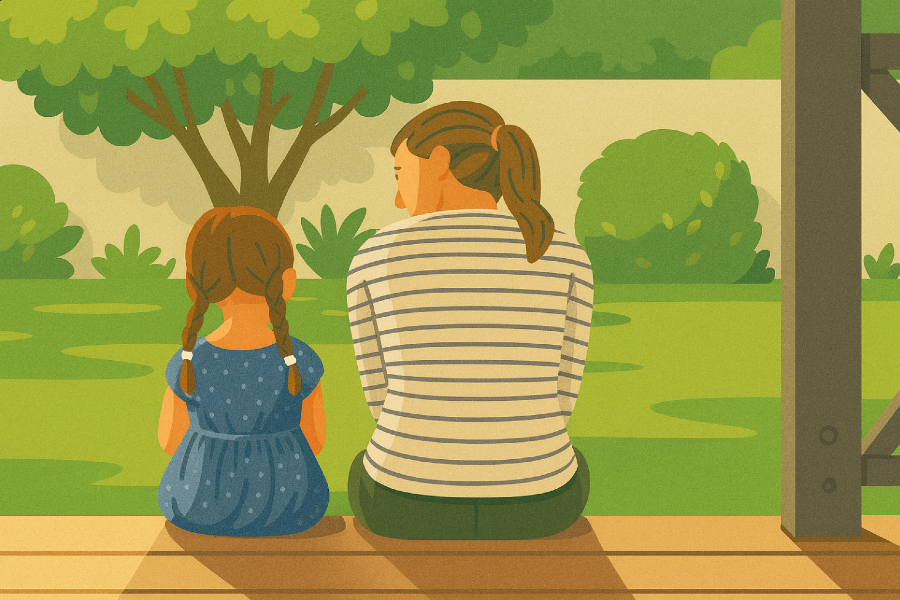
Who Can File a Wrongful Death Case in California?
Not just anyone can file a wrongful death claim – California law limits this right to certain eligible family members and dependents of the deceased. Typically, a family member is the person with the legal right to file a wrongful death lawsuit after a family member’s death. Those who generally have the legal standing to bring a California wrongful death lawsuit include:
-
Surviving Spouse or Domestic Partner: The decedent’s surviving spouse or registered domestic partner (the decedent’s spouse) has the first right to file a wrongful death lawsuit. This includes putative spouses (someone who believed in good faith they were legally married to the decedent) if they were financially dependent. California law distinguishes between being legally married and being a putative spouse, allowing certain rights even if the marriage was not legally valid.
-
Children (and Grandchildren): The decedent’s surviving children are also entitled to sue. If a child of the decedent is deceased, then that child’s offspring (the decedent’s grandchildren) may participate in the claim.
-
Heirs by Intestate Succession: If the decedent left no spouse, partner, or children, then those who would inherit under California’s intestate succession laws (such as parents or siblings) can file the wrongful death claim. In other words, the decedent’s heirs, including the decedent’s parents if there is no spouse or children, may pursue compensation as the next of kin if no immediate family is alive.
-
Other Financial Dependents: California law also allows certain financial dependents of the decedent to bring a claim, even if they are not blood relatives. This can include stepchildren, a putative spouse (and that spouse’s children), or even a minor who had lived in the decedent’s household for at least 180 days and was dependent on the decedent for support. Parents who were financially dependent on an adult child may also qualify.
After a family member’s death, it is crucial to act promptly, as there are strict deadlines for filing a wrongful death claim. If no eligible family members exist, a personal representative (such as an executor or court-appointed administrator) may file suit on behalf of the estate. Additionally, other family members may be involved in survival claims or as appointed by the court if no will exists.
These rules ensure that the people most affected by the loss (usually close family) are the ones who can seek recovery. It’s important to note that only one wrongful death lawsuit is generally allowed on behalf of all survivors, so eligible family members typically join together in a single claim. If you’re unsure of your standing to file, speaking with a wrongful death attorney can clarify your eligibility.
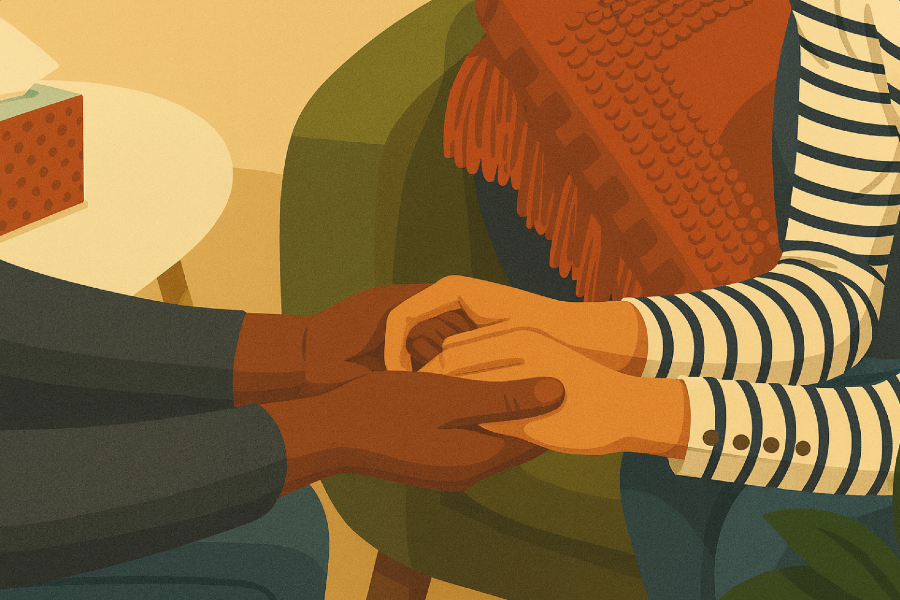
Common Causes of Wrongful Death in California
California is prone to various incidents that can lead to wrongful death, affecting families and loved ones. Understanding these common causes is crucial for preventing such tragedies and pursuing justice when they occur.
Wrongful death lawsuits in California often arise from a wide range of fatal accidents and negligent acts. Some of the most common causes include:
-
Motor Vehicle Accidents: Car accidents, motorcycle crashes, and truck collisions are among the leading causes of wrongful death in California. Negligent driving behaviors (such as speeding, distracted driving, or driving under the influence) can quickly turn deadly, leaving families to cope with the sudden loss of a loved one. Pedestrian accidents and bicycle accidents also frequently result in fatal injuries and wrongful death claims.
-
Medical Malpractice: When doctors, nurses, or other healthcare providers fail to meet the accepted standard of care, the consequences can be tragic. Medical malpractice cases that lead to wrongful death may involve surgical errors, misdiagnosis, delayed treatment, medication mistakes, or birth injuries. These complex cases require careful investigation to prove that a healthcare provider’s negligence caused the patient’s death.
-
Workplace Accidents: Fatal injuries can occur on the job, especially in high-risk industries like construction, manufacturing, or transportation. Falls, equipment malfunctions, exposure to hazardous substances, and lack of proper safety measures can all result in wrongful death. In some cases, surviving family members may have both a workers’ compensation claim and a wrongful death lawsuit against a third party.
-
Defective Products: When a dangerous or defective product causes a person’s death, the manufacturer, distributor, or retailer may be held liable through a wrongful death lawsuit. This can include faulty auto parts, unsafe machinery, defective medical devices, or hazardous consumer goods. Product liability wrongful death cases often require expert analysis to prove the defect and its role in the fatal incident.
-
Premises Liability Accidents: A premises liability lawsuit holds a property owner responsible for any damages arising out of an injury on that person or entity’s property. Property owners have a legal obligation to keep their premises safe. Fatal slip and fall accidents, drownings, fires, or inadequate security leading to criminal acts can all give rise to wrongful death claims if the property owner’s negligence contributed to the death.
-
Criminal Acts and Intentional Harm: Wrongful death lawsuits are not limited to accidents. If a loved one’s death was caused by an intentional act (such as assault, homicide, or other violent crimes) the responsible party can face both criminal charges and a civil wrongful death action. Even if there is a criminal case, the family can still seek financial compensation through a civil lawsuit.
These are just some of the most common scenarios that lead to wrongful death claims in California. No matter the cause, if a loved one’s death occurred due to another party’s negligence, recklessness, or intentional wrongdoing, surviving family members have the right to pursue a wrongful death lawsuit. Understanding the circumstances that most often result in these tragic losses can help families recognize when they may have a valid claim and take steps to seek justice and compensation.

Damages in California Wrongful Death Cases
A wrongful death lawsuit seeks to compensate the survivors for the damages they suffered due to their loved one’s death. In California, recoverable wrongful death damages fall into a few broad categories:
-
Economic Damages: These cover the tangible financial losses resulting from the death. Common economic damages include the loss of the decedent’s financial support and expected future income, the value of household services the decedent provided, medical bills for the final injury or illness, medical expenses, and funeral expenses. Essentially, any monetary contributions or costs tied to the death can be claimed as economic damages.
-
Non-Economic Damages: These compensate the surviving family for intangible, emotional losses. Non-economic damages in a wrongful death case may include the loss of love, companionship, comfort, care, assistance, affection, society, and moral support that the deceased would have provided to their family, as well as the loss of parental guidance and emotional support. The law recognizes that the emotional impact of losing a loved one – from the loss of a parent’s guidance to a spouse’s companionship – is a real harm, even if it’s not easily quantified in dollars.
-
Punitive Damages: Generally, punitive damages (meant to punish the wrongdoer) are not available in a California wrongful death lawsuit. The wrongful death statutes focus on compensatory damages for the family’s loss. However, if the death was caused by particularly egregious misconduct (like an intentional act or gross negligence), the survivors might pursue punitive damages through a related legal action (such as a survival action on behalf of the decedent’s estate or deceased person’s estate). Damages from a survival action belong to the decedent’s estate and are distributed according to the will or state intestacy laws. This is a complex area, so consult an attorney if you believe punitive damages may apply.
California does not impose any overall cap on damages in wrongful death cases – the jury can award any amount that reasonably compensates the losses, and there is no statutory limit. One exception: in medical malpractice cases that result in death, California’s MICRA law now caps non-economic damages at $500,000 as of 2023, with scheduled increases to $1 million over the next decade. (Economic damages remain uncapped even in malpractice cases.)
For most wrongful deaths outside of medical negligence, there are no caps on damages in California, unlike some other states. The goal of wrongful death compensation is to help families recover compensation for both economic and non-economic losses resulting from the death of their loved one.
Proving Liability: Elements of a Wrongful Death Claim
To hold someone liable for wrongful death, the plaintiff (the family of the decedent) must prove that the defendant’s negligence or wrongful act caused the death. Proving wrongful death requires establishing all the required legal elements, including causation and damages, to meet the legal standard.
In practice, a wrongful death case works much like a personal injury case, with the same basic elements that need to be established. Causation is a key factor, as the party’s negligence must be shown to have directly led to the fatal incident.
Meeting all these elements is essential for a successful wrongful death lawsuit.
1. Duty of Care
You must show the defendant owed a legal duty of care to the deceased. For example, drivers have a duty to follow traffic laws and drive safely; doctors have a duty to treat patients with accepted medical standards. The exact duty depends on the context of the accident or incident.
2. Breach of Duty
Next, you must prove the defendant breached that duty by acting negligently, carelessly, or wrongfully. A breach could be an action (such as running a red light or manufacturing a dangerous product) or a failure to act (such as not fixing a known safety hazard). Negligence means the defendant didn’t use reasonable care under the circumstances.
3. Causation
It’s not enough to show the defendant was negligent; you also have to demonstrate that this breach of duty directly caused the death. In legal terms, the defendant’s action or inaction must be both the actual cause and the “proximate” (foreseeable) cause of the death. This usually requires showing that, if not for the defendant’s conduct, the person would not have died when they did. For instance, if a drunk driver crashes and fatally injures someone, the crash is the direct cause of death. Sometimes expert testimony (like an accident reconstruction or medical opinion) is needed to prove causation.
4. Damages
Finally, the family must prove the damages resulting from the death. This includes the fact that the person died (a death certificate and evidence of the decedent’s identity and relationship to the plaintiffs) and evidence of the losses suffered by the survivors – such as financial support lost, funeral costs, and the emotional impact. Essentially, the death must have caused real harm to the plaintiffs, which in wrongful death is inherent (losing a loved one is a profound harm, both emotionally and financially).
All of these elements must be proven by a preponderance of the evidence (meaning it’s more likely than not that each element is true). In simpler terms, to win a wrongful death lawsuit you and your attorney have to demonstrate that the defendant owed and breached a duty of care, and that this breach caused your loved one’s death and the resulting losses. Building a strong case for each element is critical to proving liability.
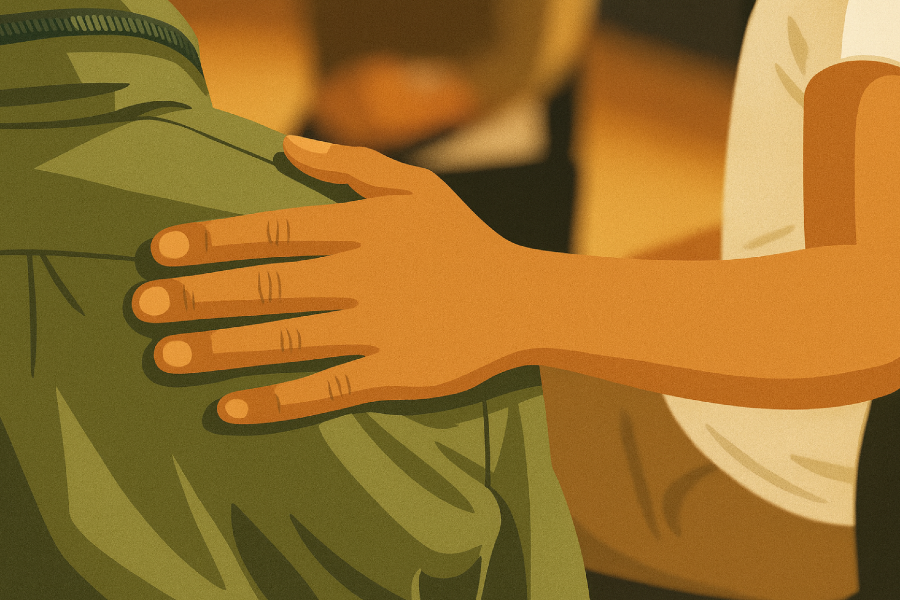
The Importance of Evidence in Proving Liability
Proving the elements above requires compelling evidence. Successful wrongful death claims are built on a foundation of thorough investigation and factual support, as evidence is essential to support the legal claims involved. Key types of evidence that can help establish liability include:
-
Accident and Incident Reports: Official reports documenting the circumstances of the death are often starting points. For example, police reports for a fatal car crash or an OSHA report for a deadly workplace accident can provide crucial details and sometimes assign preliminary fault.
-
Physical Evidence and Documentation: Evidence from the scene (vehicle wreckage, skid marks, defective products, etc.), photographs or videos, and any available surveillance footage can be powerful in showing what happened. Medical records and autopsy reports are also vital to link the death to the injuries caused by the incident. These documents can help show cause of death and extent of injuries.
-
Witness Testimony: Statements from people who witnessed the incident or have relevant knowledge can greatly strengthen your case. Eyewitnesses can describe how the accident occurred, and their testimony can help establish the defendant’s breach of duty (for instance, a bystander testifying that the other driver ran a red light). Additionally, expert witnesses might be called – such as accident reconstruction experts, engineers, or medical experts – to explain technical aspects and confirm that the defendant’s actions led to the death. Expert analysis can be especially important for proving causation in complex cases (e.g. medical malpractice).
-
Financial and Personal Records: To prove damages, you will need evidence of the losses. This can include the decedent’s income records (pay stubs, tax returns) to calculate lost financial support, bills for medical treatment and funeral costs, and even personal testimony from family members about the emotional toll and loss of companionship. Letters, photos, or videos showing the relationship can humanize the loss. California allows family members to testify about how the death impacted them emotionally and financially. Compared to personal injury cases, a wrongful death claim often requires more extensive documentation of the decedent’s financial and personal contributions, while a personal injury case focuses on the injured person’s own losses. The types of damages and evidence required can differ significantly from those in personal injury cases.
All this evidence must be gathered and presented in a way that tells the story of what happened and how the defendant’s negligence caused a real tragedy. Preserving evidence early is crucial – for instance, by taking photos, obtaining official records, and interviewing witnesses while memories are fresh.
An experienced wrongful death lawyer will know how to obtain and preserve key evidence (such as sending preservation letters or subpoenaing records) to build a strong case. In court, the evidence will be used to persuade the jury that the defendant is legally responsible for the death. The insurance company involved will also carefully evaluate the evidence when determining liability and responding to the claim.
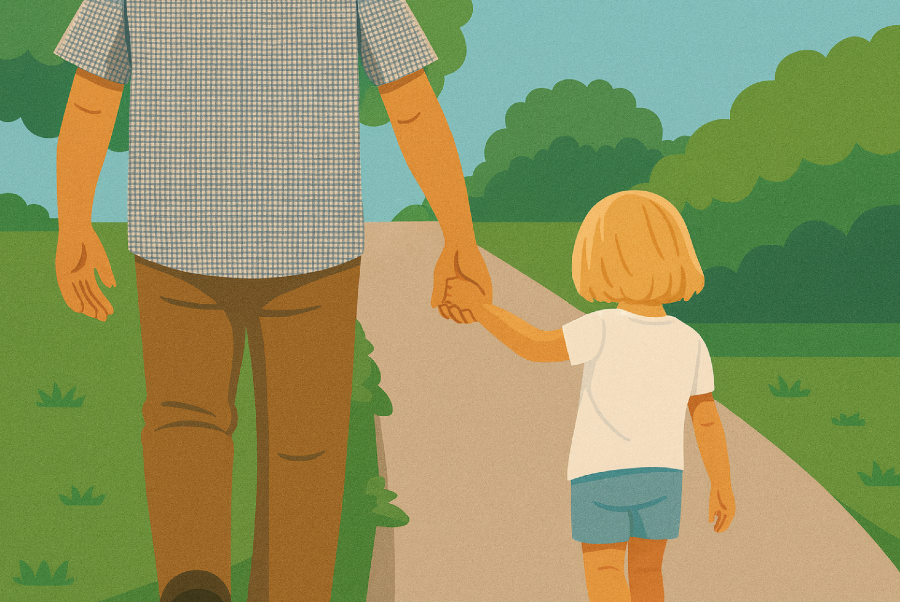
Key Legal Aspects of Wrongful Death Lawsuits in California
Every state’s laws are a bit different. When pursuing a wrongful death claim in California, keep in mind these key legal considerations that could affect your case:
Statute of Limitations
California imposes a time limit on filing wrongful death lawsuits. In general, you must file the lawsuit within 2 years from the date of the death. If you miss this deadline, you will likely lose your right to sue. There are very limited exceptions, such as if the death was not immediately recognized as wrongful or if a government entity is involved (which can impose a shorter claim deadline). It’s critical to act promptly and consult an attorney to ensure you meet all filing deadlines.
Civil vs. Criminal Proceedings
A wrongful death claim is separate from any criminal case. Even if the state brings criminal charges (like manslaughter or murder) against the responsible party, the family can still file a civil wrongful death lawsuit. The civil case focuses on compensating the family, not on criminal punishment.
Notably, the standard of proof is lower in civil cases (preponderance of evidence) than in criminal cases (beyond a reasonable doubt), so it’s possible to win a wrongful death civil suit even if the defendant was not convicted of a crime. For instance, families have won civil wrongful death suits against defendants who were acquitted or never charged criminally for the death. The outcome of one does not dictate the other, though evidence from a criminal case can sometimes be used in the civil case.
Comparative Negligence
California follows a “pure comparative negligence” rule in accident cases. This means that if the deceased person was partly at fault for the incident that led to their death, the recovery for the family can be reduced by that percentage of fault – but the claim is not barred. For example, if a jury finds that a victim was 20% at fault for a car accident (perhaps they were slightly negligent too) and the defendant 80% at fault, the damages awarded would be reduced by 20%.
The family can still recover the remaining 80%. Likewise, if multiple defendants share blame, each pays according to their percentage of fault. California’s pure comparative negligence system ensures that even if the victim (or a third party) was partially responsible, you can still seek partial compensation for the portion of fault attributable to the defendant. This is an important consideration in cases where circumstances are complex – the defense may try to argue the victim was negligent, but that does not eliminate the claim, it only affects the damage calculation.
Understanding these legal aspects can make a big difference in how you approach a wrongful death case. For instance, knowing the strict time limit encourages timely action, and being aware of comparative negligence helps you prepare for any arguments about the decedent’s conduct. A knowledgeable attorney will navigate these issues, ensure paperwork is filed on time, and develop strategies to counter any claims of shared fault.

How a Wrongful Death Attorney Can Help
Pursuing a wrongful death claim in California is a challenging process – not only legally complex but also emotionally draining for grieving families. This is where a compassionate and experienced wrongful death attorney can be invaluable in helping families navigate the process. Here are several ways an attorney can assist you:
Case Evaluation and Legal Guidance:
A wrongful death lawyer will review the facts of your situation and advise you on your rights and options. They can determine if your circumstances meet the legal requirements for a wrongful death claim and identify the responsible parties. This initial guidance is crucial to formulating a plan for justice.
Investigation and Evidence Gathering:
As discussed, proving liability requires strong evidence. An attorney will conduct a thorough investigation – obtaining accident reports, medical records, and any other documentation needed to build your case. They have the resources to interview witnesses, consult with experts, and gather all the proof necessary to demonstrate negligence and causation. By preserving evidence and crafting a compelling narrative, your attorney lays the groundwork for a successful claim.
Handling Legal Procedures:
Wrongful death cases involve a lot of paperwork and procedural rules (filing complaints, serving defendants, court motions, etc.). A lawyer will handle all these legal filings and court requirements correctly and on time. Importantly, they will ensure your lawsuit is filed within the statute of limitations and that all notices (like to insurance companies or government agencies, if applicable) are properly given. This prevents costly mistakes that could jeopardize your case.
Advocacy in Negotiations and Court:
Most wrongful death claims begin with insurance claims or settlement negotiations. Your attorney will represent your interests in these discussions, using their knowledge of the law and the evidence to push for a fair settlement. If the other side does not offer adequate compensation, a wrongful death attorney will take the case to trial and advocate for you before a jury. Having a skilled trial lawyer by your side often motivates insurance companies to offer a better settlement rather than risk losing in court.
Maximizing Compensation:
Determining the value of a wrongful death case can be complicated. There may be significant future economic losses (like decades of lost income) and profound non-economic losses. An experienced attorney knows how to calculate and substantiate damages, including working with economists or other experts to project financial losses and capturing the full extent of your emotional suffering. Their goal is to ensure you are fully compensated for all your losses, present and future. They can also advise if punitive damages or a survival action is appropriate in addition to the wrongful death claim.
Providing Compassionate Support:
Just as important, a good wrongful death lawyer provides empathetic support and guidance during a very difficult time. They can handle the stressful legal tasks, allowing your family to focus on healing. Your attorney becomes your advocate and ally, guiding you through the process with care and understanding. At RMD Law, for example, we pride ourselves not only on our legal expertise but also on treating clients with the compassion and respect they deserve after a tragic loss.
Hiring a wrongful death attorney in California can greatly improve your chances of a successful outcome. From navigating California’s legal nuances to standing up to insurance companies, an attorney’s knowledge and skill are critical. Moreover, having a dedicated lawyer fighting for you can bring peace of mind that someone is looking out for your interests. If your family has suffered a wrongful death, don’t hesitate to reach out for a free consultation – an attorney can evaluate your case, answer your questions, and help you pursue justice for your loved one.
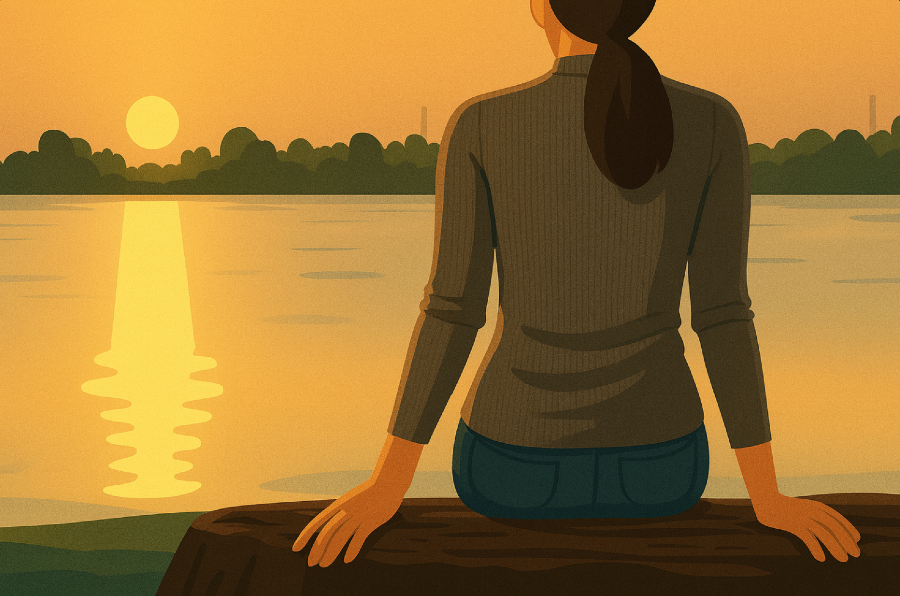
Get Compassionate, Experienced Help from RMD Law
Navigating a wrongful death lawsuit in California can be emotionally overwhelming and legally complex. Between understanding who can file, proving liability, collecting evidence, and meeting strict legal deadlines, it’s easy to feel lost – especially while grieving the loss of a loved one. But you don’t have to go through it alone.
At RMD Law, we are here to help you pursue justice with both skill and compassion. Our experienced California wrongful death attorneys understand the pain you’re going through, and we’re committed to fighting for the compensation you and your family deserve. We’ll guide you through every step of the legal process; gathering critical evidence, building a strong case, negotiating with insurance companies, and, if necessary, taking your case to trial.
If your loved one’s death was caused by someone else’s negligence, don’t wait. Let us review your claim and advise you on your legal options. Contact RMD Law today for a free, no-obligation consultation at (949) 828-0015 and learn how we can help you hold the responsible party accountable.
FAQs
A wrongful death claim in California is a civil claim filed by surviving family members when a person dies due to another party’s negligence, recklessness, or intentional misconduct. Common causes include car accidents, medical malpractice, and defective products.
Under California Code of Civil Procedure § 377.60, eligible parties include surviving spouses, domestic partners, children, and certain financial dependents such as stepchildren or parents who relied on the deceased for support.
The statute of limitations for a California wrongful death case is two years from the date of death. Filing after this deadline may result in losing your right to seek compensation.
Recoverable damages include both economic losses (like funeral expenses and lost financial support) and non-economic losses such as loss of companionship, care, and emotional support. There is no general cap on damages, except in medical malpractice cases.
A wrongful death lawyer can investigate the claim, gather crucial evidence, identify liable parties, meet filing deadlines, and pursue full compensation through settlement or trial, all while offering compassionate legal support during a difficult time.
- Are One-Way Streets Bad for Drivers in California? - November 4, 2025
- Orange County Car Crash Trends: What Drivers Need to Know in 2025 - October 30, 2025
- Are Bike Lanes in California Actually Safe? What the Data Says - October 28, 2025

